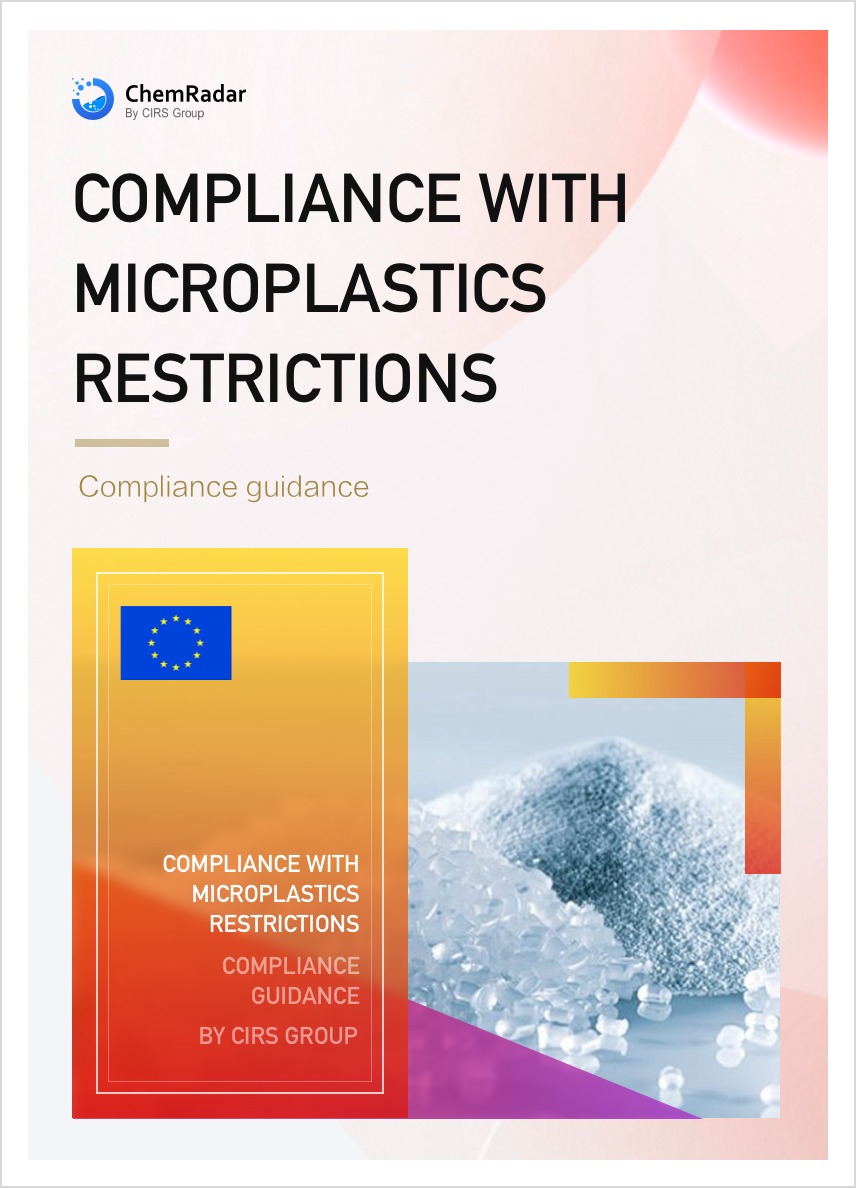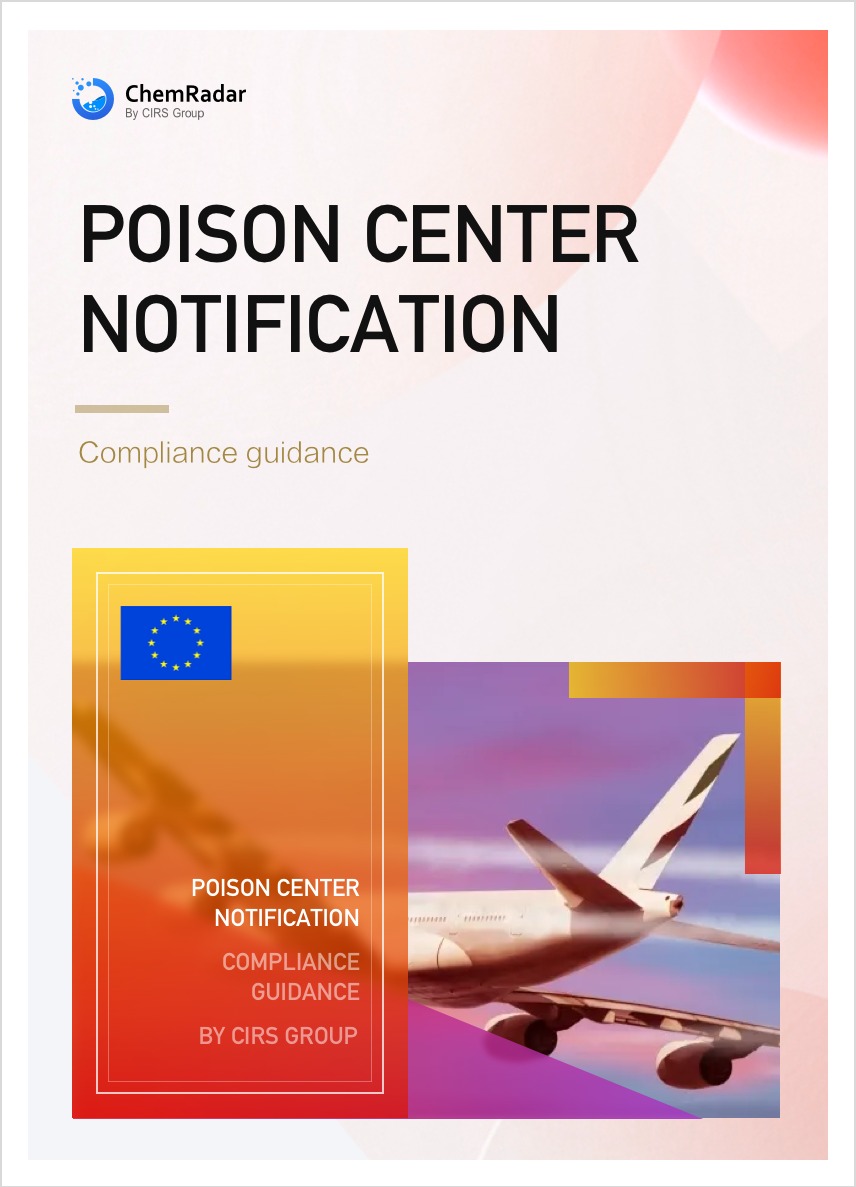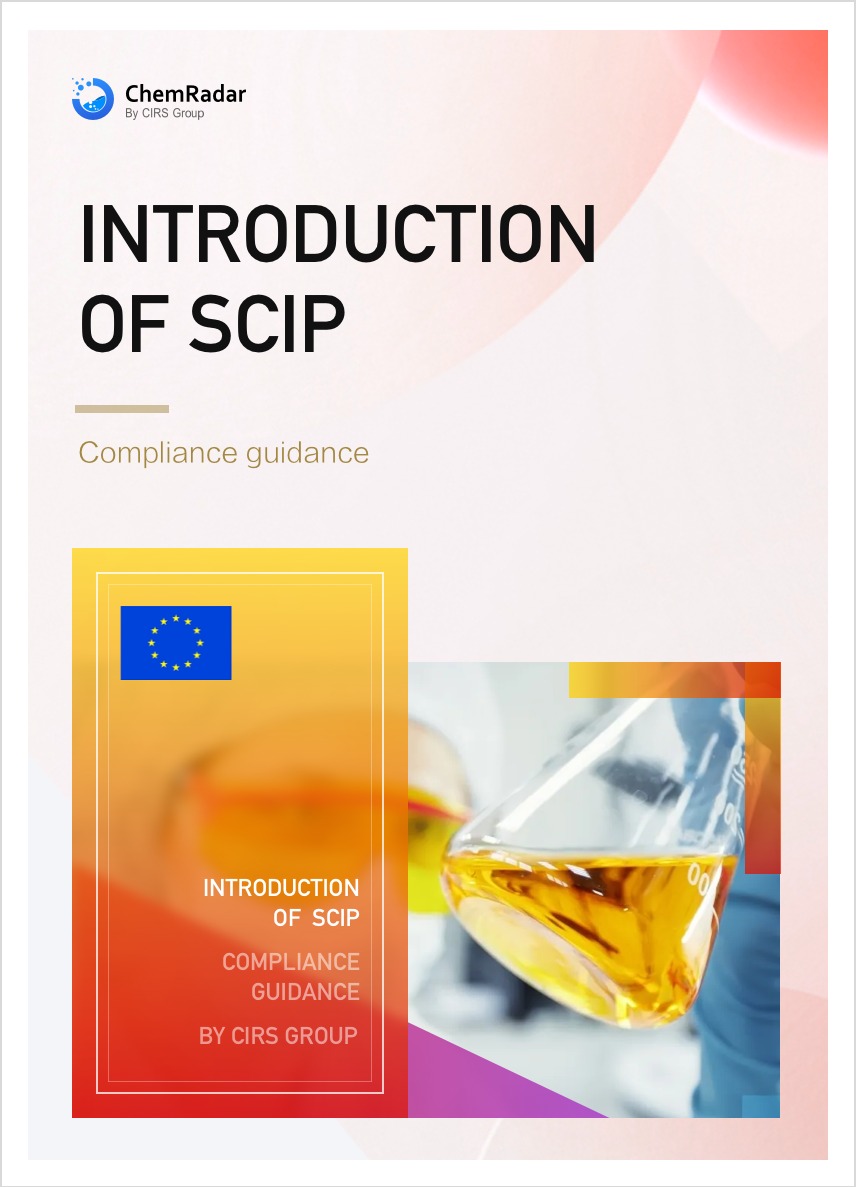On April 3, 2025, during a meeting of the Competent Authorities for REACH and CLP (CARACAL), the European Commission proposed the latest amendments to the REACH Regulation, sparking strong objections from the European Chemical Industry Council (Cefic), the European Federation of Construction Chemicals (EFCC), and the International Fragrance Association (IFRA). The three industry associations directly criticized the revision draft for contradicting the EU's policy objectives of enhancing industrial competitiveness, warning that it could severely impact small and medium-sized enterprises (SMEs).
Key Revision Proposals
- Chemical registration is valid for 10 years, and ECHA can revoke numbers if dossiers are not updated or are non - compliant.
- Updates to dossiers are required when substances are identified as SVHCs or get unified classification.
- Digitalizing supply chain communication, using digital safety data sheets and aligning with DPPs.
- Giving the EU power to set national enforcement system standards and conduct regular and irregular audits in member states.
- Proposing to delete REACH Annexes III and XIII, and update Annexes I, VI - X, and XI.
- Introducing MAFs to assess combined chemical exposure. -Clarifying regulatory tools under GRA.
Cefic: Policy Direction Disconnected from Reality
As one of Europe's largest industrial associations, Cefic oversees a network spanning 29 countries and 30,000 enterprises. The organization highlights that the chemical sector generates €564 billion annually for the EU and directly employs 1.17 million workers. It stresses that any regulatory adjustments must balance environmental benefits with economic competitiveness. Cefic strongly criticized the proposal as "disconnected from real-world operations," arguing that it conflicts with the von der Leyen administration’s Clean Industry Agreement and Competitiveness Compass strategies. The association specifically warned that the new rules would lead to excessive administrative procedures, imposing "absurd burdens" on SMEs. Notably, the current proposal closely mirrors a plan rejected by industry three years ago, suggesting policymakers have ignored feedback from industry dialogues.
EFCC: Hidden Risks in Key Provisions
While supporting digitalization reforms, EFCC, representing the construction chemicals sector, raised multiple concerns:
- Polymer Registration Requirements: EFCC argues that mandatory reporting and registration for polymers would impose significant administrative and financial burdens. Polymers are typically less hazardous than monomers, and their risks cannot be reliably assessed through grouping. It also warned that the 10-year validity period post-registration would create additional pressure.
- Mixture Allocation Factor (MAF): EFCC claims broad MAF application would disproportionately affect formulators and SMEs while offering limited chemical safety benefits.
- Generic Risk Approach (GRA): EFCC insists professionals and consumers should be treated differently, noting that trained workers can manage hazardous chemical risks under existing occupational safety protocols.
The association demanded the European Commission disclose impact assessments for all proposed changes, including effects on competitiveness and strategies to reduce administrative burdens.
IFRA: Pitfalls in Implementation Details
The fragrance industry association IFRA outlined key recommendations:
- Flexibility for Tonnage Threshold Exceedance: Proposes a transition period allowing registration dossiers to reflect three-year average production volumes, enhancing predictability for SMEs and natural extract manufacturers.
- 10-Year Registration Expiry Concerns: Labels the provision as administratively burdensome and redundant. Highlights that ECHA has not completed evaluations of existing registrations and questions post-expiry requirements (e.g., outdated data resubmission).
- Test Proposal Extensions: Expanding testing requirements to all registration tiers would increase complexity and delays. IFRA advocates for faster inquiry procedures instead, warning that expanded data demands contradict simplification goals and increase costs, especially for SMEs using small-batch natural ingredients.
- Compliance Check Efficiency: Urges clarity on optimizing compliance checks (CCH) and defining ECHA’s authority. Stresses alignment between registration completeness, assessment processes, and CLP/CLH procedures, opposing CLH decisions during ongoing CCH evaluations.
- Structured Dialogue with Authorities: Calls for transparent communication channels with EU agencies and member states during dossier and substance assessments, ensuring industry stakeholders participate in all discussions.
IFRA’s Implementation Challenges
- IUCLID Stability and Adaptability: Demands system upgrades to prioritize quality checks over submission checks.
- Streamlined Dossier Preparation: Seeks reduced data duplication and faster processing to meet ECHA’s detailed requirements.
- Test Proposal Process Optimization: Recommends replacing dossier updates with inquiry templates, simplifying Annex IX/X procedures. Notes current manual compliance checks and complex CSR-IUCLID synchronization delays despite 12-month update windows. Proposes dropdown-based declarations to enhance efficiency.
- Automated Redundancy Handling: Urges elimination of repetitive data entries.
The European Commission has yet to formally respond. As REACH revisions enter a critical phase, this regulatory clash may profoundly shape Europe’s industrial trajectory.
Further Information
EFCC Position on REACH revision





